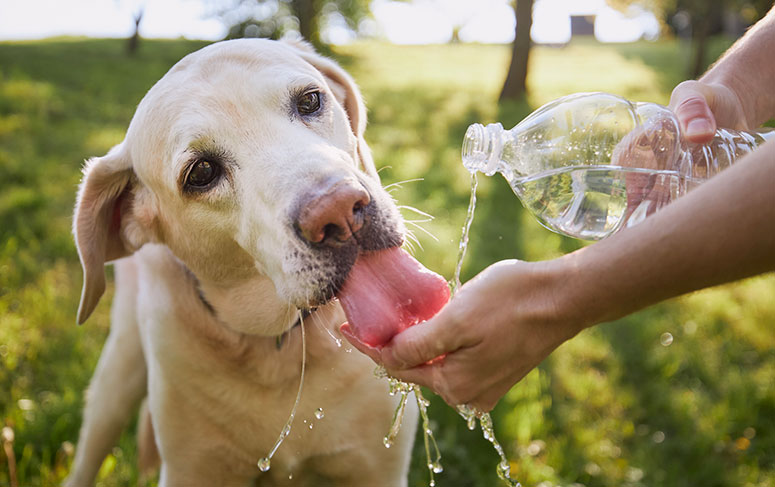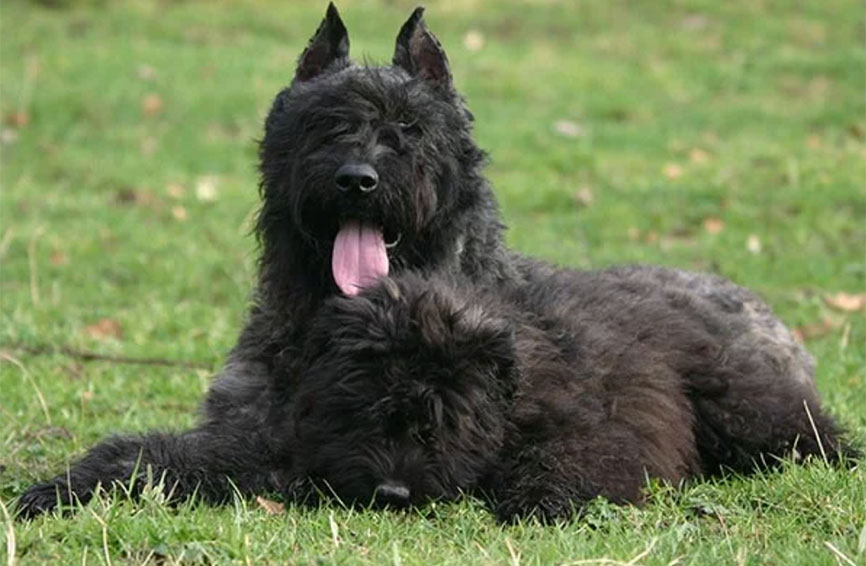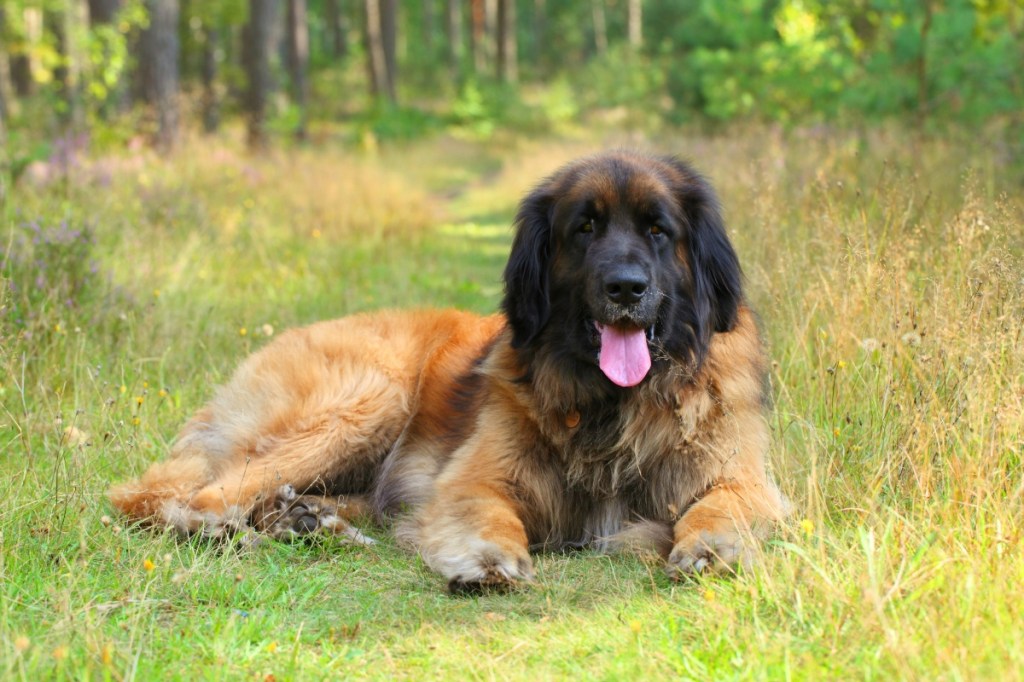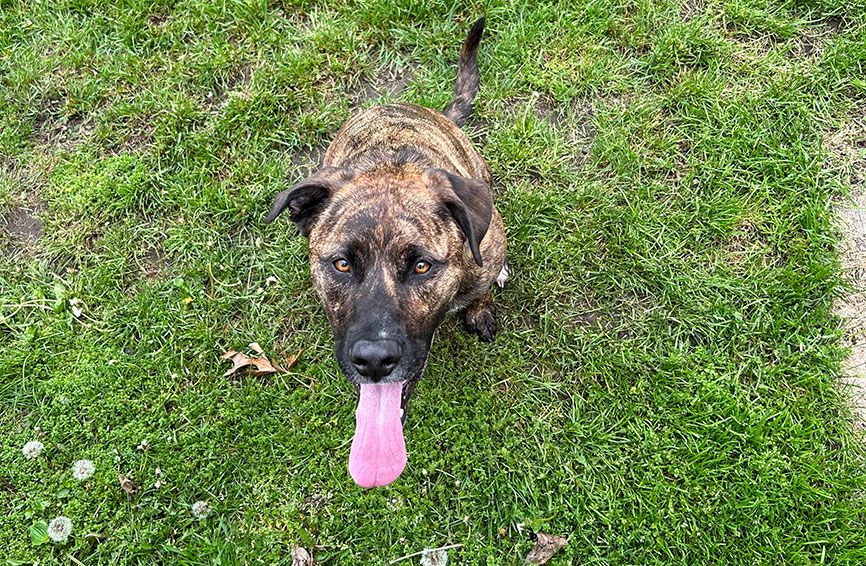Table of Contents
Last updated April 26, 2023
As summer approaches, it’s important to take extra precautions all summer long regarding the heat. Here are our rules for a safe and happy heatstroke-free season with our pets:
1. Never, ever leave your pet in your car unattended.
- Even on a 70°F day, it will take only 20 minutes to reach 100°F inside the car, according to the AVMA. Accuweather adds that even 60°F is too hot for pets in cars.
- Cracking windows offers little to no relief. Simply don’t leave your pet in a car.
2. Shelter and shade
If your pets spend most of their time outdoors, ensure they have adequate shelter not just from the sun but also from the heat – set up pools, sprinklers, and shady areas with plenty of water. Don’t forget to keep your cats cool too.
3. Take it easy
Lay off the high-intensity exercise in the heat, as pets can overheat, especially if they are a Brachycephalic (flat-faced) breed like pugs or French bulldogs. When reviewing cases with our customer care team, they said, “One such case was Lizzie, a Frenchie, who suffered heatstroke and needed emergency care. The vet bill came to just over $2,100. Luckily, Lizzie’s parents had protected her with Healthy Paws Pet Insurance, and they were reimbursed for $1,551.”
4. Be mindful of paws and hot pavement
No paws on hot cement; they can get burned. If the pavement is too hot for your bare hands, it’s too hot for your pet’s paws.
5. Know the signs
Know the signs of heatstroke. Go to the vet immediately if you see the following symptoms:
- Elevated body temperature (103º to 106ºF)
- Excessive panting, difficulty breathing
- Drooling
- Vomiting
- Collapse
- Seizures
- Disorientation and collapse
- Bright red tongue or pale gums
- Increased heart rate
- Diarrhea
What to do if you suspect heatstroke
Get your pet out of direct sunlight and into the shade or a place with circulating air (air conditioning is preferred, if possible.)
- Give a small amount of water – not too much, or your pet could vomit
- Pour lukewarm water over your pet’s coat to cool them externally
- Ice packs may be applied to the head (Check temperature rectally as over-cooling your pet can lead to hypothermia. Adult cats’ and dogs’ body temperatures should be approximately 100 to 102.5 degrees Fahrenheit.)
- Take your dog or cat to the vet as soon as possible.
Many pets need oxygen and IV fluids to stabilize, and be examined for organ injury. Dogs and cats that have suffered heatstroke are prone to experiencing it again.
Heatstroke treatment for pets
If you suspect your pet has suffered heatstroke, it is vital to seek veterinary care. Your vet will check for internal damage resulting from the high core temperature and can recommend any necessary course of treatment. Your pet may also need rehydration therapy, which your vet can provide by administering IV fluids.
Pet insurance claim for heatstroke
One of our highest heat-related claims comes from a Labradoodle named Sophie who suffered from heatstroke after falling into a ravine while hiking. During emergency hospitalization, Sophie was put in a cool water bath to reacclimate her body temperature and administered an IV to replenish lost fluids and fight infection. She remained in the hospital for several days at a total of $3,799; Healthy Paws covered $3,319.









